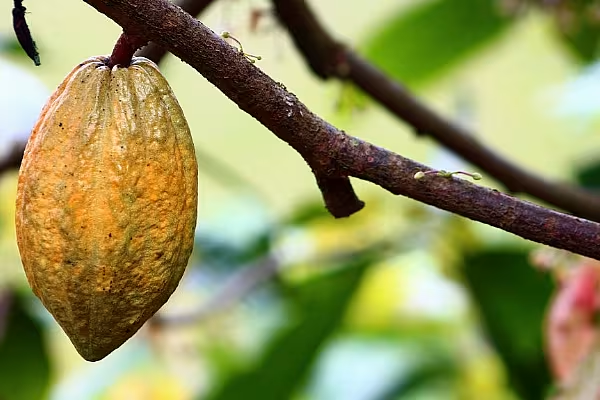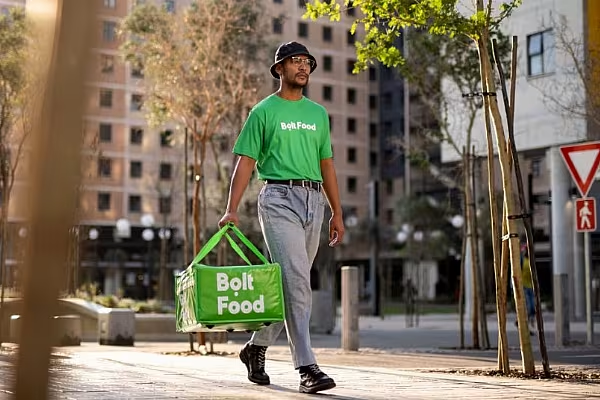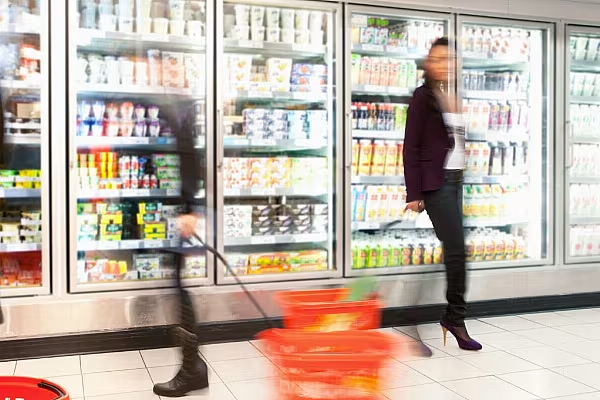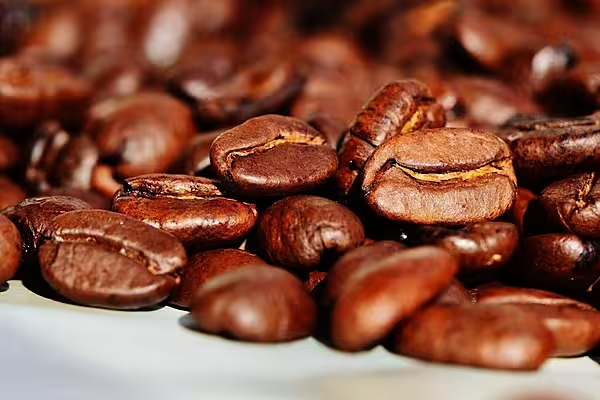Dry winds and below-average rainfall in most of Ivory Coast's cocoa growing regions last week could jeopardize the development of the last stage of the October-to-March main crop, farmers have said.
Ivory Coast, the world’s top cocoa producer, is in the dry season, which runs from November to late February. Dry, dusty Harmattan winds sweep in sand from the Sahara, which can ravage cocoa pods and sap soil moisture, leading to smaller beans.
Farmers in cocoa regions said they were in the process of drying plenty of big-sized pods they have cut since the beginning of December. They added that harvesting would fall from next week, however significant volumes of beans will be harvested until February.
In the western region of Soubre, farmers said an abundant rainfall would be needed before the arrival of the Harmattan.
"We're waiting to see what the Harmattan will be like. With a big rainfall, we would have less damage even if the Harmattan is strong," Koffi Kouame, who farms near Soubre, said.
Rainfall Average
Data collected by Reuters showed that rainfall in Soubre, which includes the towns of Sassandra and San Pedro, was 7 mm last week, 3 mm below the five-year average.
But in the centre-western region of Daloa, which produces a quarter of the national output, farmers said they were happy they had received abundant rains that would boost the outlook.
“Weather conditions are good for the small pods left on the trees," Albert N’Zue, who farms near Daloa, said. "If it rains enough in the next two weeks we won't have any problem."
Rainfall in the region of Daloa, which includes the town of Bouafle, was 27.2 millimetres (mm) last week, 23.4 mm above the five-year average.
In the western region of Man, rainfall was at 25.2 mm last week, 21.8 mm above average.
Rains were below average in the southern regions of Agboville and Divo, in the central regions of Bongouanou and Yamoussoukro, and in the eastern region of Abengourou.
Average temperatures in the cocoa growing regions ranged from 25.81 to 28.25 degrees Celsius.
News by Reuters, edited by ESM. Click subscribe to sign up to ESM: European Supermarket Magazine.














